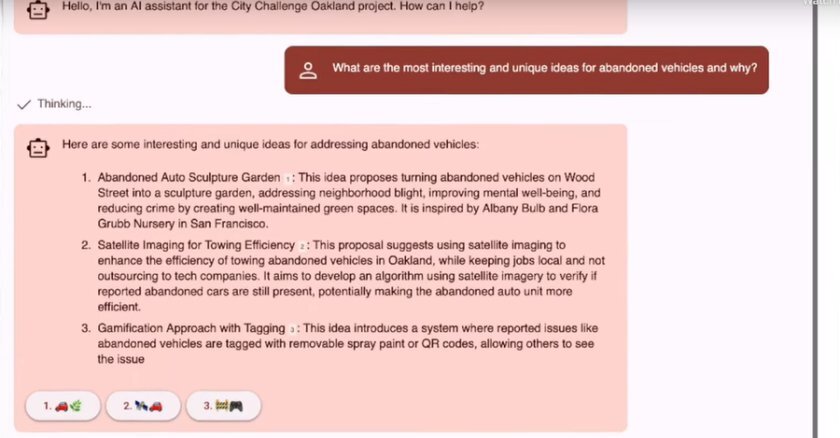The task force — created to help formulate a strategic plan and objectives surrounding AI tools and emerging technologies — first tackled its AI review by establishing separate specifications for state agencies and businesses.
To better support state agencies, the AI Task Force outlined four primary goals: the creation of leadership positions within the state; the establishment of an AI oversight committee that incorporates all three branches of government; the establishment of an AI Technology Economic Development Task Force; and the creation of an AI Technology Talent Task Force to recruit and attract more technologically skilled individuals.
“Oklahoma is poised to lead the nation in the implementation of artificial intelligence technology, and we have to capitalize on the momentum. AI has the potential to help us steward taxpayer dollars more responsibly by cutting redundant positions and replacing some positions with AI technology. In Oklahoma, 21 percent of the workforce is employed by federal, state or local governments while the ideal percentage would be closer to 13 percent,” the governor said.
The task force document included a productivity analysis — dissecting in-office, remote, and sales jobs to identify areas of non-productivity and explore opportunities for AI to fill those gaps. According to one diagram, many call center roles could be replaced by “Digital FTE (AI)” to complete an “85 percent reduction in costs.”
According to their AI specifications, there will also be a push to further expand AI into public administration tasks like scheduling and document management, as well as AI health-care integration that includes predictive analysis to “improve outbreak response and health service delivery.” There are also plans for AI to be utilized in transportation optimization, monitoring environmental and energy concerns, enhancing public engagement through virtual assistants and chatbots, predicting infrastructure maintenance needs and fostering economic growth.
The recommendations also included ethical guidelines for AI implementation, such as ensuring human oversight when using AI programs. And tech leaders who helped shape the AI framework shared that one of the state’s central objectives is to ensure that safety precautions will be in place to thwart bias or other AI concerns.
Joe McIntosh, state chief information officer and chairman of the AI task force, said, “Our strategy is centered on investing in our people, fostering innovation and establishing ethical standards to pave the way for a future where AI’s transformative potential benefits every citizen.
Oklahoma Chief Operating Officer John Suter added: “We look forward to progressing the framework in 2024 as we evaluate and implement AI investments in intelligent and safe ways.”
Government Technology is a sister site to Governing. Both are divisions of e.Republic.












